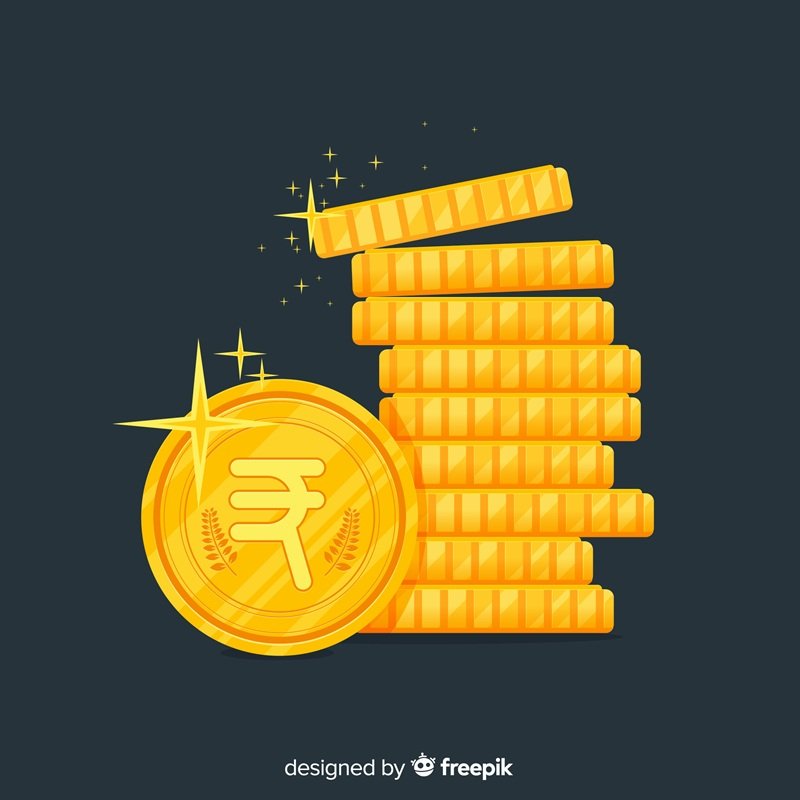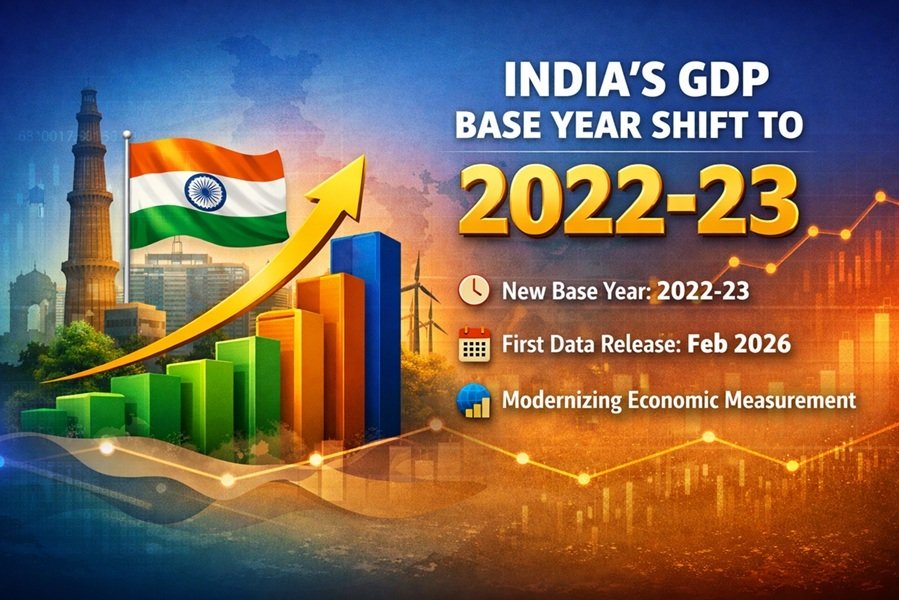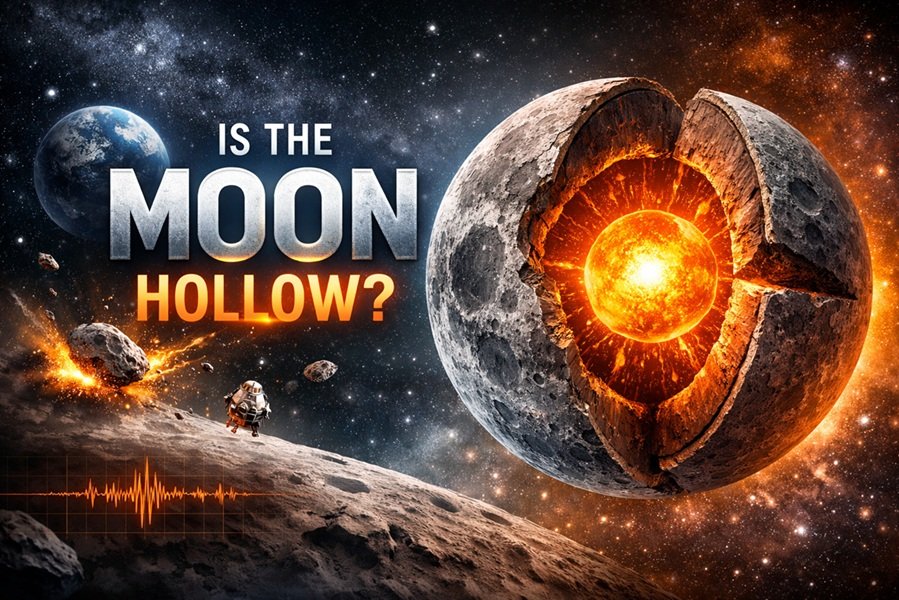
Fiat money is a type of currency that has no intrinsic value and is not backed by a physical commodity such as gold or silver. Its value is derived solely from the trust and confidence that people have in the government or the institution that issues it. Essentially, fiat money functions as a medium of exchange because a government decrees it to be legal tender and citizens and businesses accept it for transactions.
Unlike commodity money (such as gold or silver) or representative money (which is backed by a tangible asset), fiat money’s value is based entirely on the economic stability and authority of the issuing government.
Characteristics of Fiat Money
- No Intrinsic Value:
Fiat money has no inherent worth. The paper bills and coins that represent fiat money do not have a value beyond the face value assigned to them by the government. For instance, a ₹500 note in India or a $100 bill in the United States is worth exactly ₹500 or $100, irrespective of the material cost of producing the note. - Government Backed:
Fiat money is issued by a central authority, usually a country’s central bank or government. This institution guarantees the value of the money and mandates its use for transactions, making it legally acceptable as a means of payment. - Legal Tender:
Fiat money is declared by the government as “legal tender,” meaning it must be accepted for the payment of debts within the country. Businesses, individuals, and institutions are required to accept it in exchange for goods and services. - Easily Portable and Divisible:
Fiat money can be divided into smaller units and is easily portable, making it a convenient medium for transactions. This divisibility allows individuals to buy both low-cost items and high-value goods. - Inflationary Risk:
Since fiat money is not backed by a commodity like gold, governments can print an unlimited amount of money. This can lead to inflation if too much money is in circulation, decreasing the purchasing power of the currency.
Examples of Fiat Money
- U.S. Dollar (USD):
The U.S. dollar is a prime example of fiat money. It has no intrinsic value and is not backed by gold or any other physical asset, but it is accepted globally for transactions due to trust in the U.S. government and economy. - Euro (EUR):
The Euro is used across many countries in the European Union and has similar characteristics as other fiat currencies, relying on the European Central Bank and the economic stability of EU nations. - Indian Rupee (INR):
The Indian Rupee is the currency of India, issued by the Reserve Bank of India, and is also fiat money, with its value deriving from the government’s legal mandate. - British Pound (GBP):
The British Pound is another well-known example of fiat money, used in the United Kingdom and having its value determined by the Bank of England’s monetary policy.
Advantages of Fiat Money
- Flexibility in Monetary Policy:
Central banks can adjust the money supply and influence interest rates, which helps manage inflation, stabilize the economy, and promote economic growth. By printing or withdrawing money, central banks can respond to economic crises and fluctuations. - Convenience:
Fiat money is convenient to use for everyday transactions. It is easily portable, divisible, and accepted by a wide range of merchants and service providers. - Cost of Production:
Unlike commodity money (such as gold), producing fiat currency is relatively cheap. Paper currency and digital money are inexpensive to produce compared to the value they represent. - Stability:
When managed properly, fiat money can maintain stable value over time. Central banks play an important role in maintaining the purchasing power of fiat currencies through monetary policy, ensuring they remain relatively stable.
Disadvantages of Fiat Money
- Inflation Risk:
One of the main drawbacks of fiat money is the risk of inflation. Governments can print more money to meet budgetary needs, leading to an oversupply of currency in the economy. This devalues the currency and reduces purchasing power, which can lead to hyperinflation if unchecked. - Dependence on Government Stability:
Fiat money’s value is heavily reliant on the stability and credibility of the issuing government. In times of political instability, economic crises, or loss of public confidence, fiat money can lose its value rapidly. - Lack of Intrinsic Value:
Since fiat money is not backed by any tangible asset, its value is purely psychological. If people lose faith in the government or the currency, it can result in a collapse of the currency’s value. - Counterfeit Risk:
Fiat money is susceptible to counterfeiting. While modern security features such as watermarks and holograms are designed to prevent this, counterfeit money still poses a significant problem in some regions.
Fiat Money vs. Commodity Money vs. Representative Money
- Commodity Money:
Commodity money is backed by a physical commodity, such as gold or silver. For instance, a gold coin has intrinsic value because it is made of gold, and its worth is derived from the commodity itself. - Representative Money:
Representative money is not backed by a commodity, but it represents a claim on a commodity. For example, paper banknotes used to be backed by gold (as in the gold standard). While representative money can be exchanged for a commodity like gold, fiat money cannot be converted into anything tangible. - Fiat Money:
Fiat money, in contrast, has no intrinsic value or backing by any commodity. It derives its value purely from the trust people place in the government that issues it.
The Evolution of Fiat Money
Historically, many currencies were backed by commodities like gold or silver. However, in the 20th century, most countries moved away from the gold standard. The transition to fiat money allowed governments to have more control over monetary policy and avoid the constraints of a commodity-based currency system.
The United States officially abandoned the gold standard in 1971, under President Richard Nixon, and most other countries followed suit. This shift to fiat money has since become the standard global practice, and fiat currencies dominate the world’s financial systems.
Conclusion
Fiat money is the backbone of the modern global financial system. Unlike commodity money, it holds value because of the trust and confidence people place in the governments that issue it. Fiat money provides governments with greater flexibility in managing monetary policy, promoting economic growth, and managing inflation. However, its reliance on government stability and the potential for inflation highlight the risks associated with it. Despite these challenges, fiat money remains essential for everyday transactions and is the dominant form of currency worldwide.






